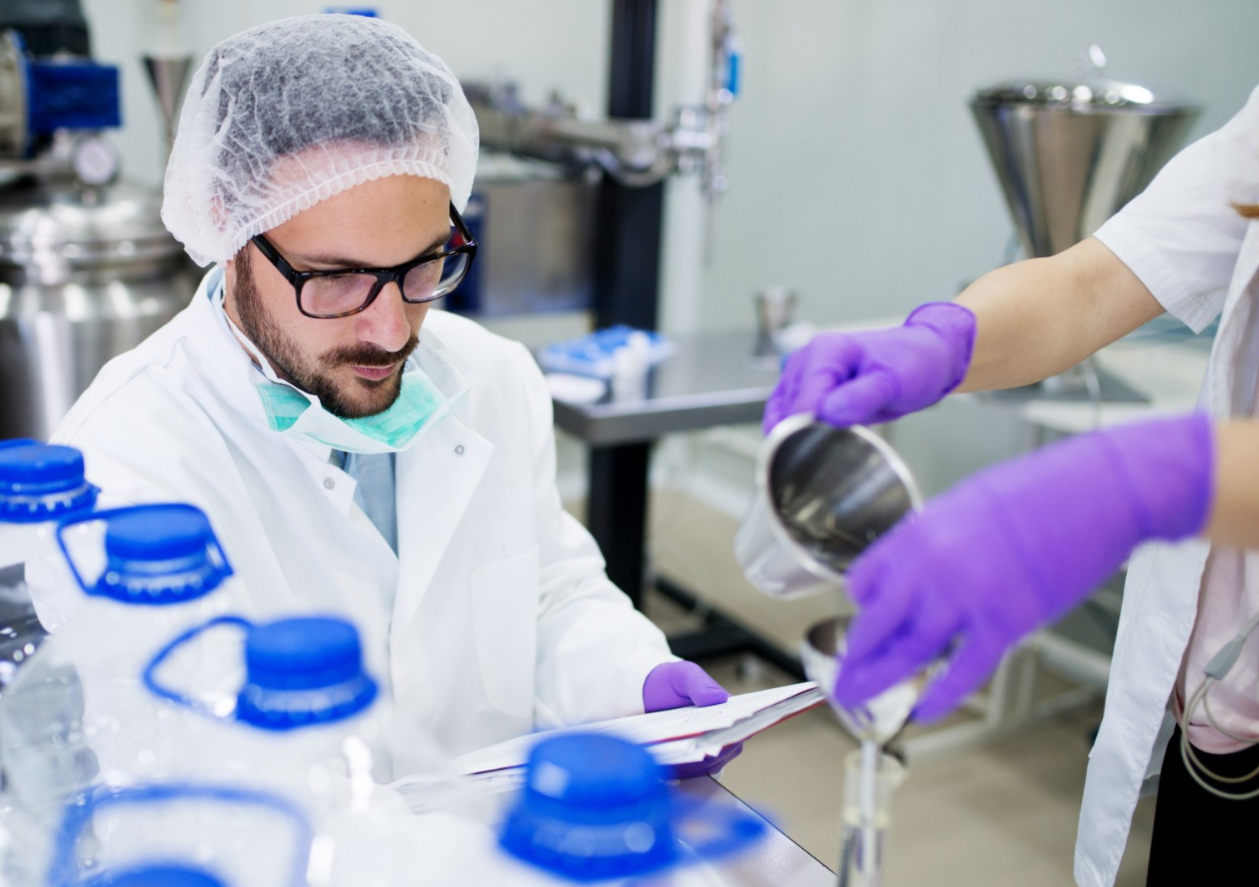NANOFEELINGS
Nanotechnology is one of the most interesting relatively new sciences to evolve. First predicted by physicist Richard Feynman in 1959, nanotechnology finally become feasible in 1981 with the arrival of the scanning tunneling microscope. Today, nanotechnology is common throughout our world and promises to pervade it even further. Although nanoparticles have been used for centuries, it has only been in the last several decades that our technology has allowed us to build and manipulate nanomaterials.
Nanotechnology is one of those fields that offer incredible application yet potentially massive unforeseen danger. For example, on the positive side (Ryan Bradley, “The Great Big Question about Really Tiny Materials” Fortune , March 15, 2015, pp. 192–202):
“ Nanomaterials . . . deliver highly targeted drugs to specific areas of the body and root out cancerous cells. Antibacterial nanoparticles like silver and copper are, when used properly, undoubtedly responsible for limiting the spread of disease. A new tool for fighting cancers and viruses is a nanoscale explosive nicknamed a buckybomb, which can reach a temperature of 7,232° F and attack exactly what needs destroying inside the body without harming the surrounding cells. ” (pp. 201–202)
On the cautionary side, quite a bit of research is continuing (as it should) on the dangers of nanotechnology. Nanotechnology is so great precisely because it is so small. Just imagine having a team of nanorobots injected into your bloodstream that would automatically locate and destroy arterial plaque. However, this same ninja quality renders nanotechnology so potentially dangerous. We do not have all the answers on unintended consequences of any particular nanoapplication nor do we necessarily have absolute protection from nanotechnology’s negative consequences. Because the science is so new, we remain at that tenuous phase in which we do yet know what we do not know. This creates some very interesting quandaries concerning the prolific use of nanotechnology and public opinion. For example, here are three quick examples of current nanotechnology use (pp. 192, 193, 195):
- The concentration of nano titanium dioxide, a common whitener, is greater than 10% in certain powdered doughnuts.
- Eight out of 10 of the leading beauty brands have been found to contain nanoparticles that act as “penetration enhancers.”
- Many personal care products, such as toothpaste and sunscreen, contain 1% to 10% nano titanium dioxide by weight.
It is clear that nanotechnology is saturating our lives. So how do people feel about that? Here is a sampling (p. 195):
- 40% would buy GMO or nano food if they were convinced the foods had enhanced nutrition or safety.
- 19% would buy only if those products conveyed food safety benefits.
- 18% would not buy GM or nanotech under any circumstances.
Nanotechnology, like any new technology, tends to be a mixed bag. This reminds me of asbestos. In its early days, we reveled in the marvelous applications for heat and fire safety. Tragically, it was only much later we came to the horrific realization of the asbestos connection to lung cancer. The results created many medical, professional, and personal disasters.
I believe, with a measured approach to nanotechnology, we as a scientific society can move forward with all that nanotechnology has to offer while simultaneously continuing to discover and mitigate any and all associated risks. This is not just something we can do; it is something we must do.











